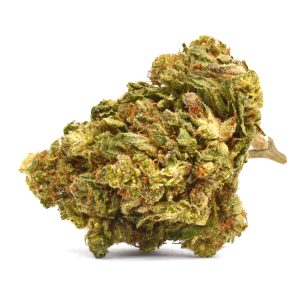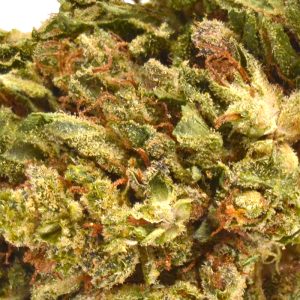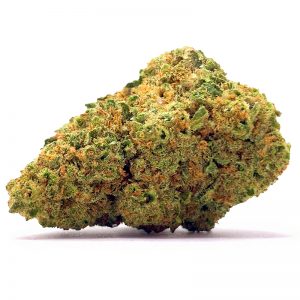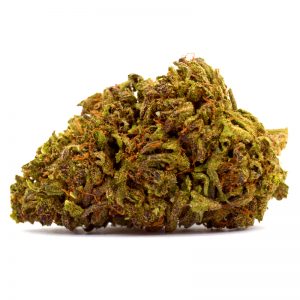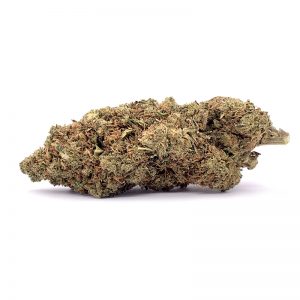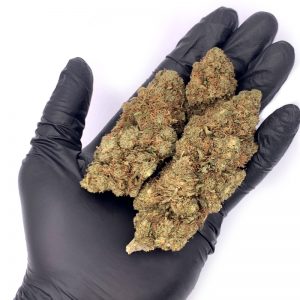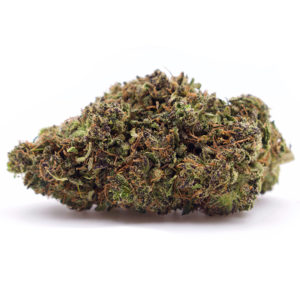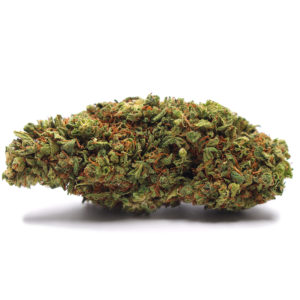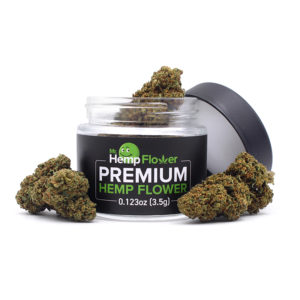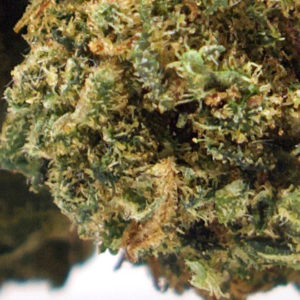Caryophyllene Oxide- What Is It? All You Need To Know About Caryophyllene Oxide
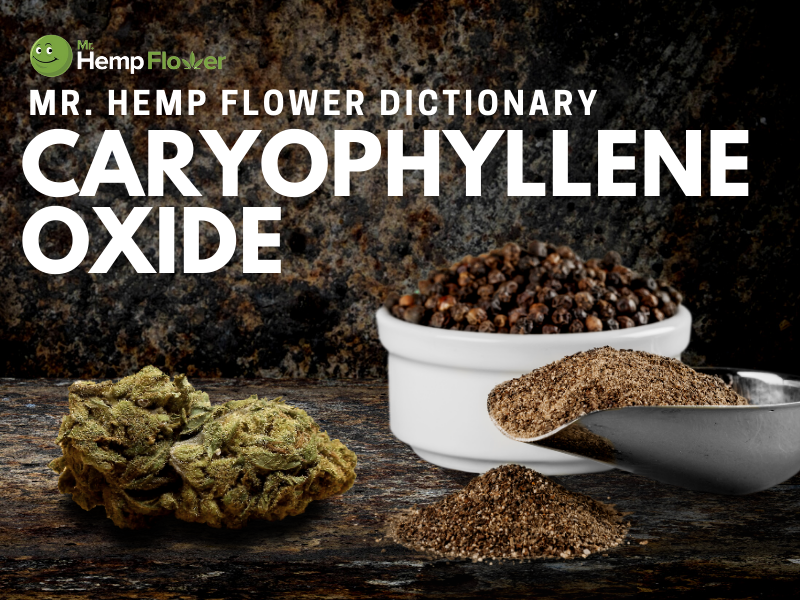
Caryophyllene Oxide
ˈka-rēˈō-fī-ˈlēn / | Noun
This oxygenated terpenoid is a metabolic byproduct of beta-caryophyllene. Also found in lemon balm, cloves, basil, oregano, black pepper, rosemary, and hops, this terpene exhibits antifungal and anticoagulant properties. It presents a characteristic herbal flavor and a woody aroma mixed with a hint of sweet spiciness.
“Did you know that sniffing dogs identify cannabis because they recognize caryophyllene oxide’s strong wooden scent in it?”
“Caryophyllene oxide is a terpene present in hemp and basil.”
What is it?
It’s a sesquiterpenoid oxide found in hemp, basil, lemon balm, and eucalyptus. The essential oil of eucalyptus contains up to 43.8% of caryophyllene oxide. An interesting thing about this terpene is that sniffing dogs recognize cannabis because of its strong scent. Compared to beta-caryophyllene, which has a strong affinity to CB2 receptors, caryophyllene oxide does not bind to these receptors. Meaning, it displays its beneficial effects in the body via different pathways than those that activate the endocannabinoid system directly.
Everyday uses of caryophyllene oxide
Characterized by a non-toxic and non-sensitizing profile, this natural compound is an approved flavoring by the Food and Drug Administration (FDA). Its strong wooden odor and a dry, fresh aroma with a hint of sweet spiciness are widely used in cosmetics and aromatherapy products. Terpenes are aromatic compounds that offer plenty of benefits, but they indicate toxicity when used in large amounts.
Therapeutic benefits of caryophyllene oxide
Research is scarce on this terpene, but so far, we know the following beneficial properties:
Analgesic and anti-inflammatory activities
Researchers isolated this terpene from Annona squamosa, or sweetsop, to study its analgesic and anti-inflammatory properties. The study showed that a combination of caryophyllene oxide extract and methanol extract shows significant anti-inflammatory and pain-relieving properties, comparable to standard drugs like Aspirin.
Antifungal and antimicrobial effects
Like many other terpenes, it shows broad-spectrum antifungal activity in plant defense. One experimental study tested this terpene’s antifungal therapeutic applications and observed its efficacy. This terpene also displays antimicrobial, antioxidant, and antiviral properties.
Anticoagulant properties
One 2003 study found that this terpene exhibits significant anti-platelet accumulation. Platelets, or thrombocytes, are colorless blood cells that help the body form clots to stop or prevent bleeding. Anticoagulants are medicines given to people at a high risk of getting blood clots, which potentially leads to stroke or heart attack. Further research is needed to observe this terpene’s role as a natural anticoagulant.
Where to find it in hemp?
Because this terpene is an oxidation product of beta-caryophyllene, it’s found in dried hemp. The best way to obtain this terpene is through hemp CBD products, like Full Spectrum CBD Oil.
Final thoughts
This terpene offers potent anti-inflammatory and pain-relieving properties and a flavor commonly used in food, drugs, and cosmetics.

